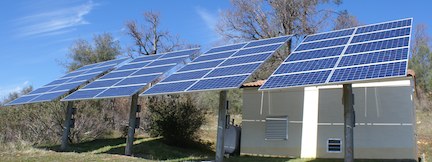On the plan we buy propane for $1.18 but could buy bulk for 1.09.
I don't know.. That's so close to the break even cost, Id feel more comfortable with a furnace because that's what I know, and repairs are possible instead of replacements. I think I want both for redundancy, but equipment keeps getting more efficient and mini splits are new to the heating world. So since I have the luxury of time, Ill watch from the sidelines unless my bills change drastically. I'm lucky to have such reasonable rates but thing can change.
Id love actually to have a flat roof so that I could have a roof top terrace for these views.


Leave a comment: